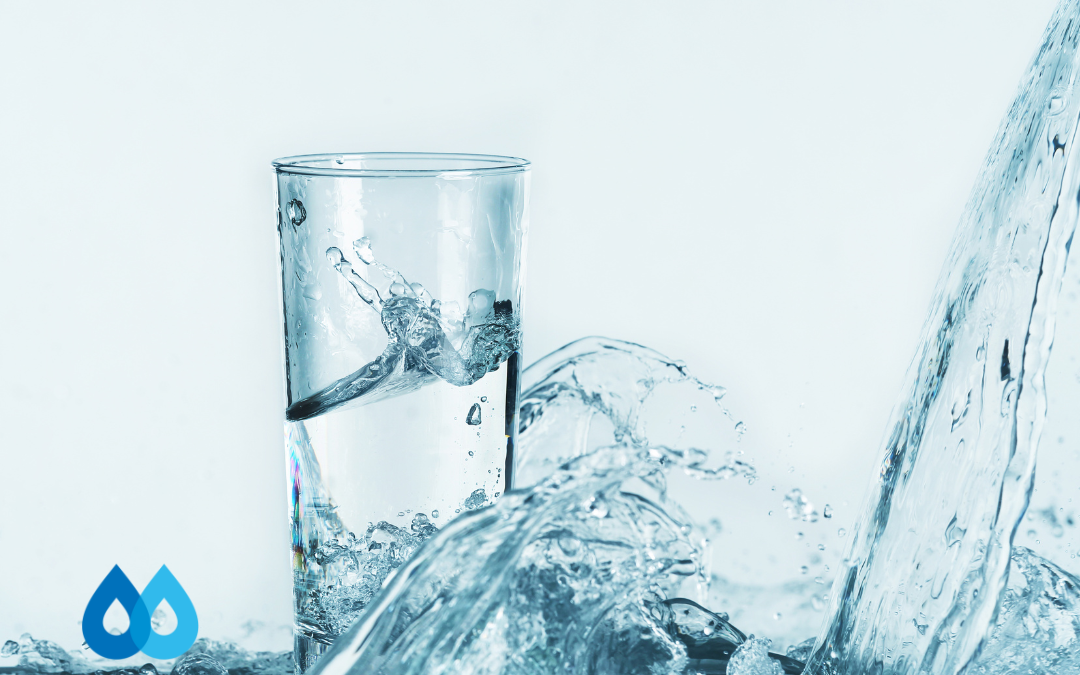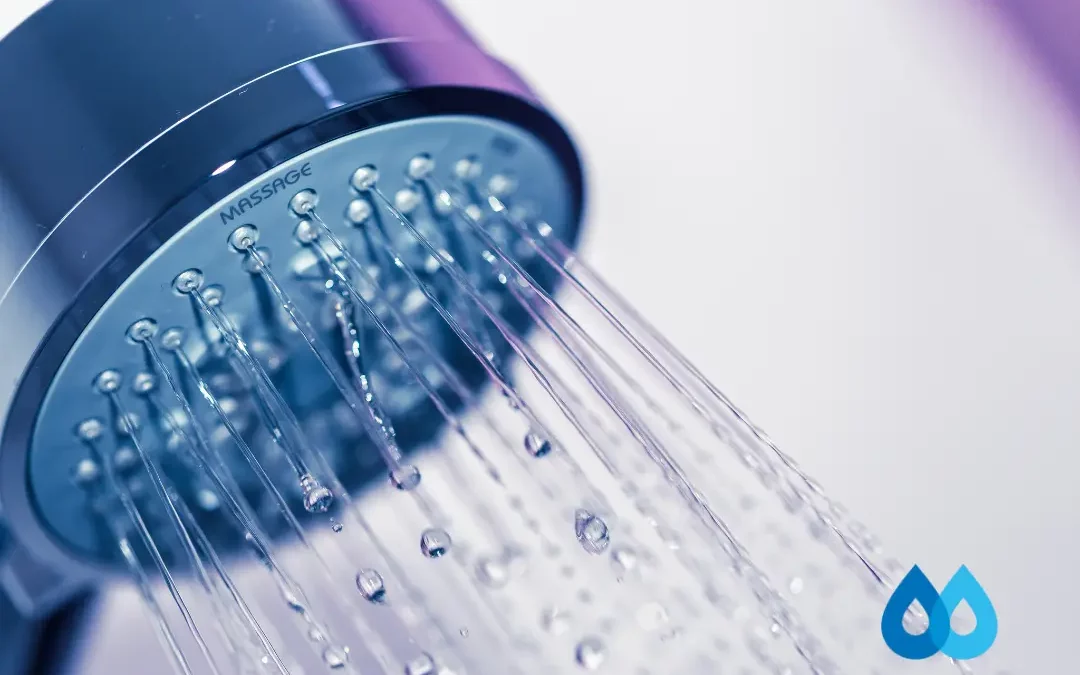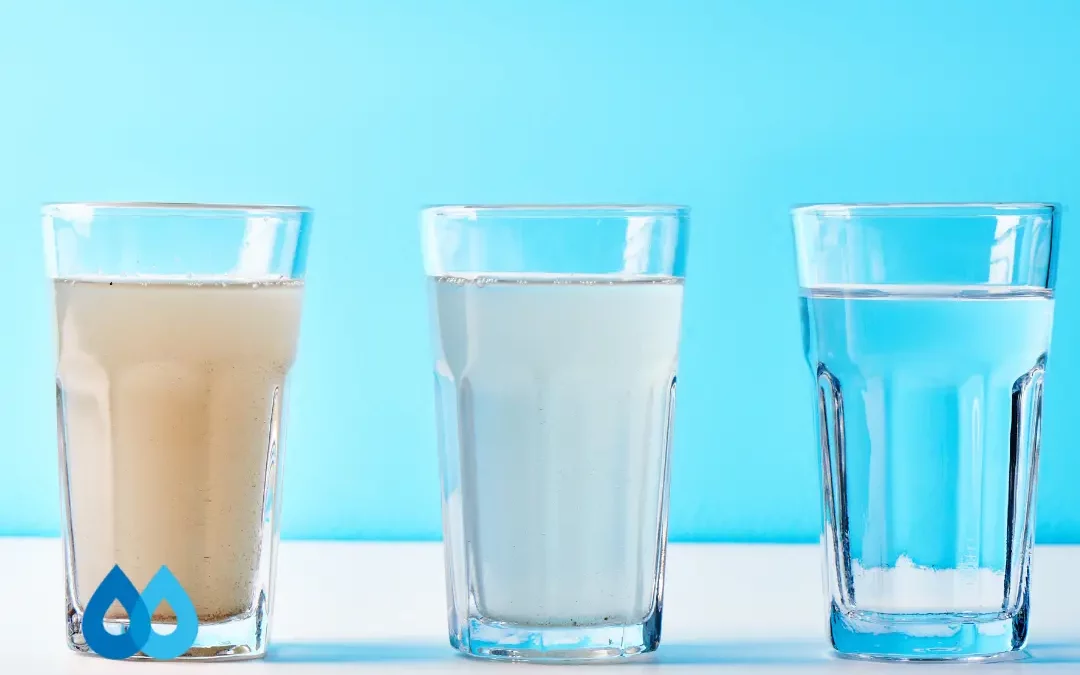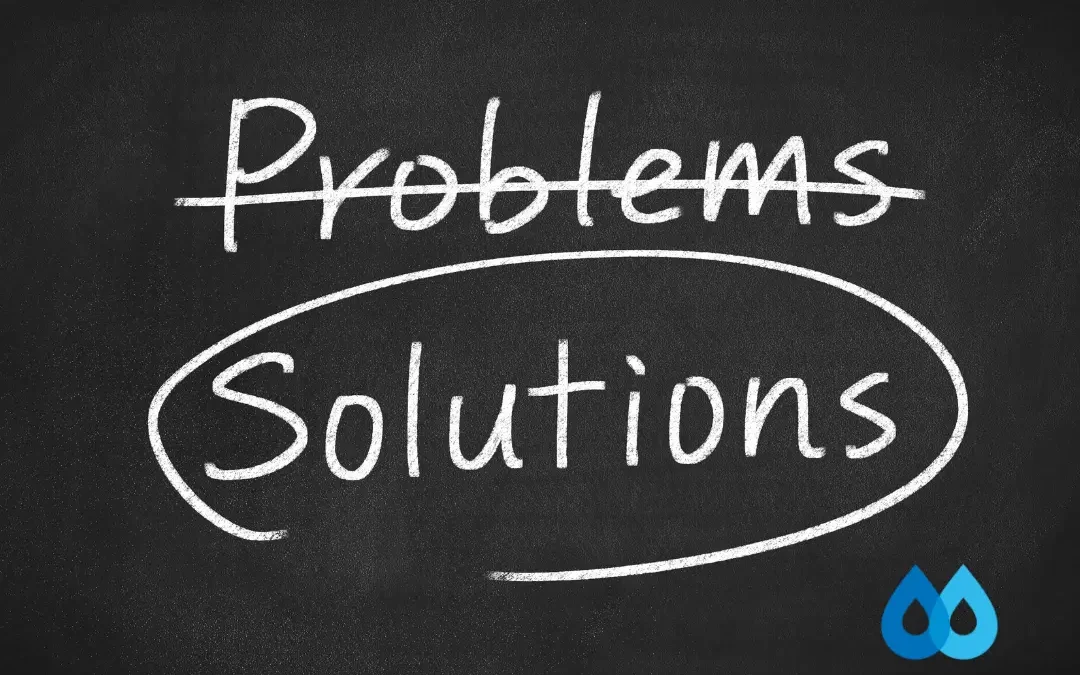A recent CNN article on the access to drinking water throughout a typical school day may just explain why many students are not drinking the recommended amounts of water on a daily basis. According to Dr. Melinda Jampolis, CNNHealth’s Diet and Fitness Expert, “since children spend a large percent of their waking hours at school, they should be consuming at least one-half their total water intake at school.” She also states, “The standard recommendations are for children to get 6-8 glasses of water per day. Teenage boys need even more, 11 glasses per day.” Water is essential in the performance of students, and she follows that up with “mild dehydration can affect learning, as well as mental and physical performance.”
Think back to when you were a student, your busy days filled with learning, sports, extracurricular activities, and friends. In some of the larger L.A. schools, there are only a few water fountains provided for several hundred students – around 1,700 per water fountain, in fact. We probably wouldn’t have stopped for a quick drink had there been a wait or a line, and neither do kids today. We would’ve forgotten our school “water bottles” had we needed to bring them, and we would’ve gone through several paper cups throughout the day drinking water.
“According to new federal law,” states the article, “school districts will have to provide water in student eating areas, but the law doesn’t discuss accessibility.” We won’t know what satisfies this legislation no matter what the changes are. So in being creative, some districts explored the option of providing paper or plastic disposable cups, and according to current budgets, it would also be near impossible to afford. If water bottles were provided to each student, other options would still be needed because kids would certainly forget theirs at times. Then comes bottled water – not exactly following the guidelines of teaching environmental responsibility when it is crucial for schools to exemplify this. Water coolers and water filters and water jugs could be more of a cost efficient and effective way for many schools. Just like the “water intervention” provided by the UCLA/RAND project, water is filtered into five-gallon jugs, cooled overnight, and provided to students in five of the L.A. schools. The bottom line is that students should be kept safe and healthy in our schools and providing drinking water is one way of doing this.
To solve this, we need to think like a student – and a parent – not a school board member. Regardless of the cost of water and cups, we need our students to be healthy and able to learn. Perhaps reusable water bottles that students can store and clean at school are the answer. A reliable, local water treatment company can provide water filters for classrooms and water coolers for common areas as to increase access to drinking water. Systems can be rented for an affordable monthly cost and follow eco-friendly efficiencies. To read more of this article, click here.



